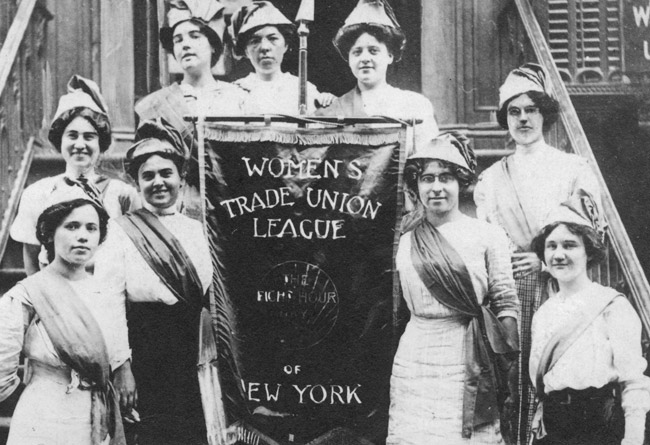LABOR UNIONS
Home
Thesis
Historical Context
Fire
Labor Unions
Child Labor
Safety Reforms
Conclusion
Annotated Bibliography
Process Paper
In the early 1900s there were many factories and businesses with unsafe working conditions. Labor unions were formed to fight against these hazards. Before the fire, no one really listened to the unions because workplace horrors were behind closed doors. Many saw the tragedy of the fire by watching people jump from windows and down elevator shafts trying to escape death. Onlookers were helpless to do anything. As a result, Americans recognized safety standards in the workplace needed to change.
After the fire, labor unions and thousands of workers went on strike to improve working conditions, working hours, and fair wages. Because of what people witnessed at the Triangle Factory on March 25, 1911 barriers were broken with the passage of the Wagner Act (National Labor Relations Act). This act gave labor unions the right to bargain with employers and to have their voices heard.

People going on strike to change workplace hazards.
Photograph courtesy of Cornell University

Women's Trade Union League.
Photograph courtesy of Cornell University

Women on Strike.
Photograph courtesy of Cornell University

Women Organizing a Labor Union.
Photograph courtesy of Cornell University